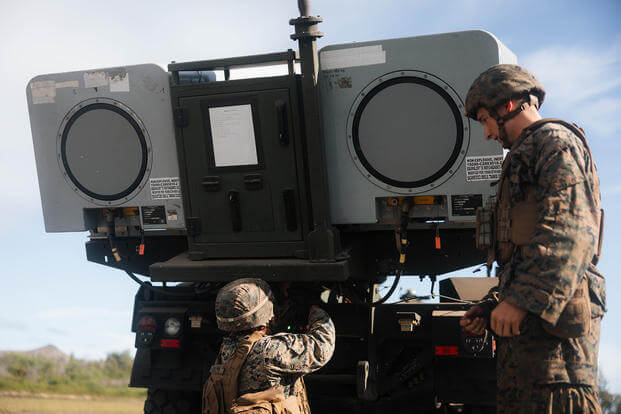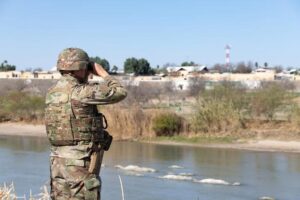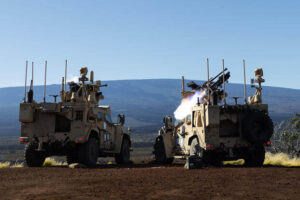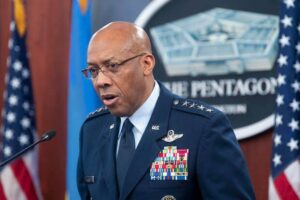New Missile System Enhances Marine Corps’ Strategic Capabilities in the Pacific
In a significant strategic development, Marines stationed on Oahu have become the first in their corps to officially receive a cutting-edge missile system, promising to enhance U.S. military presence in the Pacific region. This new weaponry, known as the Navy/Marine Corps Expeditionary Ship Interdiction System (NMESIS), has been eagerly anticipated by the 3rd Marine Littoral Regiment.
The regiment commemorated the acquisition of these missile launchers with a ceremony at Marine Corps Base Hawaii in November. Lt. Col. Timothy Love, commanding officer of the 3rd Littoral Combat Team, emphasized the advancement, stating that the NMESIS provides “an enhanced sea denial capability” and positions the regiment at the forefront of strategic transformation.
As part of the broader Force Design 2030 initiative, the Marine Corps is undergoing a transformation to refocus on its traditional naval combat role, particularly in island and coastal operations. This initiative marks a return to the Corps’ roots, moving away from land-centric engagements to a maritime focus.
The 3rd Marine Littoral Regiment, the first to be reorganized under this new model, is intended to set a precedent for the rest of the Corps. The introduction of NMESIS is seen as a critical component in deepening naval integration and enhancing deterrence, as it extends the joint force’s operational reach from both land and sea positions.
While the NMESIS launchers have arrived, the actual missiles have not yet been delivered. A spokesperson for the regiment mentioned ongoing training to prepare for potential deployment to the Western Pacific in 2025 but noted that it remains uncertain whether the NMESIS will accompany them.
The Force Design 2030 strategy envisions Marines deploying across island chains with advanced technologies like missiles and drones to fortify strategic positions and support naval operations. This approach was tested in 2021 at the Pacific Missile Range Facility on Kauai, where prototype NMESIS units were used in exercises targeting a decommissioned Navy frigate.
Col. John Lehane, commander of the 3rd MLR, described the NMESIS transition from testing to an active weapon system as a “significant milestone,” enhancing the regiment’s sea denial capabilities.
The Force Design 2030 framework is tailored to address potential conflicts in the Pacific, with a focus on the South China Sea due to its strategic importance. The region is a critical trade route and a point of contention, particularly with China’s territorial claims and military buildup on disputed islands.
However, this new direction has sparked debate. Critics argue that the focus on technology like missiles and drones may shift the Corps’ traditional combat role, potentially putting Marines in vulnerable positions. Retired officers have expressed concerns about the potential risks involved.
Nonetheless, proponents highlight lessons from recent conflicts, such as in Ukraine and the Middle East, where missile and drone warfare has proven effective. They argue these lessons are applicable to the Indo-Pacific scenario.
Despite the tactical preparations, U.S. leaders emphasize the importance of diplomacy to prevent conflict. Efforts have been made to ease U.S.-China tensions, exemplified by recent diplomatic engagements and military dialogues.
These efforts include a September meeting in Hawaii between Gen. Wu Yanan of China and Adm. Samuel Paparo, which U.S. officials viewed positively. However, subsequent Chinese missile tests in the Pacific have raised concerns, highlighting the ongoing diplomatic challenges.
The recent U.S. electoral outcome, bringing former President Donald Trump back to office, adds another layer of complexity to foreign policy. Trump’s selection of Rep. Michael Waltz as national security adviser signals a potentially tougher stance on China.
Waltz has been in discussions with outgoing National Security Adviser Jake Sullivan to ensure a seamless transition, emphasizing unity in U.S. foreign policy approaches during this period.










